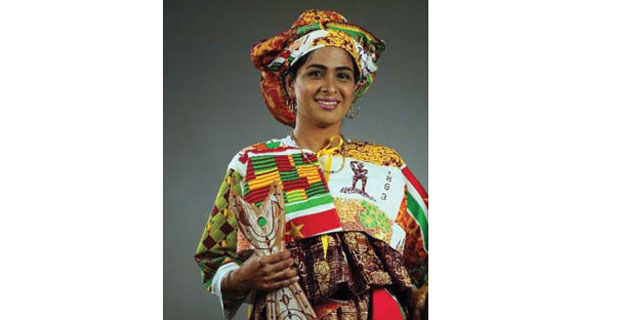SURINAME’S INDIA CONNECTION
When the Prime Minister of India recently ...
After the abolition of slavery, the colonizer introduced ‘indentured laborers’ from British India and between 1873-1914, a total of 34,000 Indians were shipped from mainly the U.P. Region to work on the sugar plantations in Suriname, for an initial contract of five years, with an option to return to India. In 1890, the indentured laborers were brought in from Java under similar conditions as the British Indians.
The majority of the Indian Indentured laborers had opted to stay in Suriname and receive one hectare of land. The economic rise of the second generation of the British Indians was caused by high prices of crops during the first World War and resulting in the fact that they could send their children to schools just like the free afro community was. Of course most schools were run by Christian Missionary organizations. The multi-ethnic reality emerged as post-World War II, the emergence of Political Parties based on ethnicity and the right to vote was introduced in 1948, for all men, followed by internal independence from the colonizer in 1954.
Like in other parts of the Caribbean with Persons of Indian Origin, post-decolonization politics were dominated by ethnicity, yet in Suriname bipolarity in this regard has not been the case, as the Javanese community ‘neutralizes’ to multi-polarity. The PIO (Persons of Indian Origin) and the Persons of Afro Origin, were the major political players. During the independence, a massive exodus took place of PIO’s to The Netherlands, making use of the option to leave, as a fear of the Afro dominance in government, post independence was there. Fraternization politics were practised by leaders from the Afro- and PIO political parties, attempting to bring closer these two ethnic groups giving way to a future alliance of their parties for greater electorate gain.











Comments.